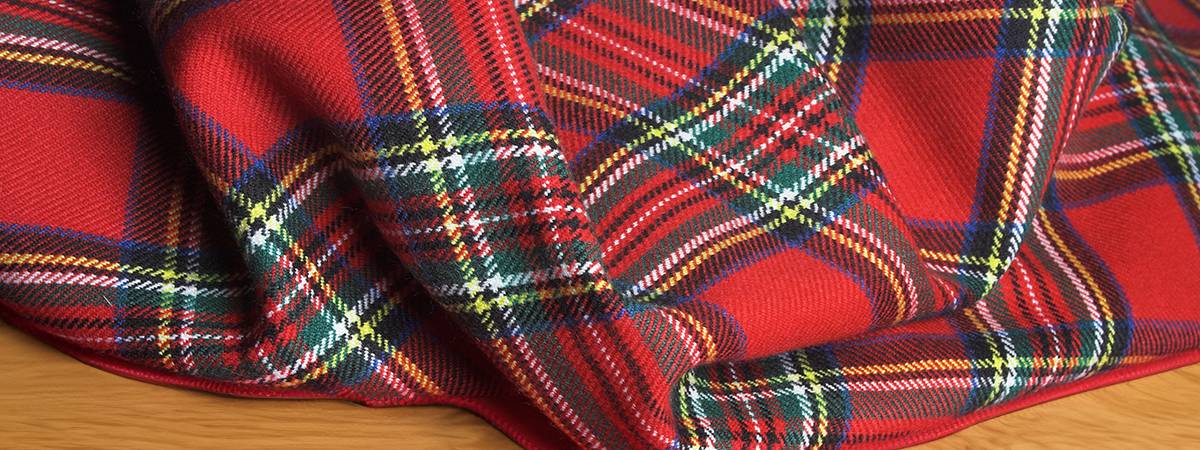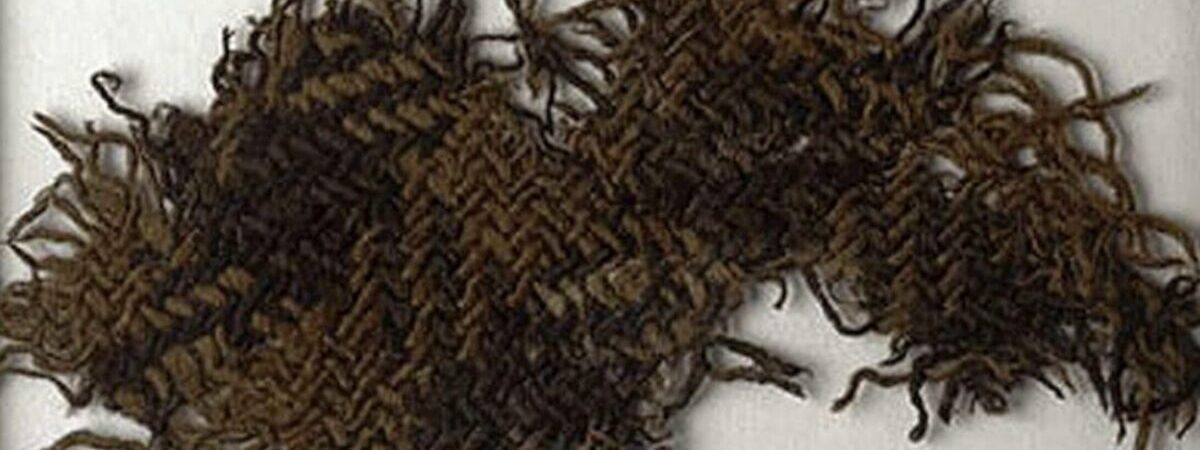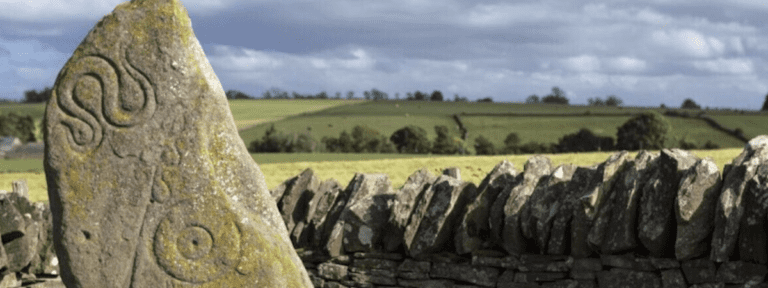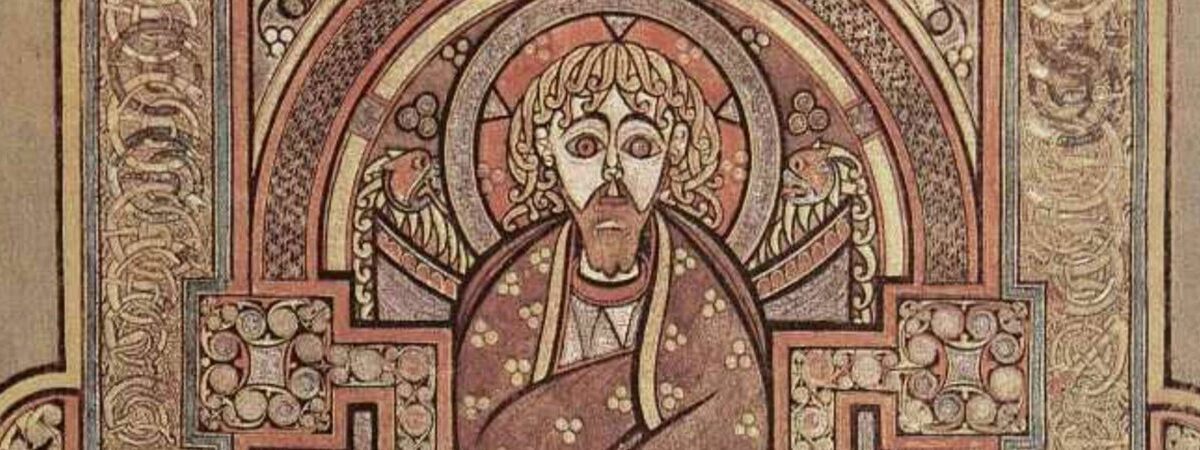
I am exploring the history of tartan out of personal interest. I will be updating my findings gradually. As the discussion progresses, various stories might intersect at the final point, but please understand that this is part of my research and organization process. I am slowly delving into the history of tartan, one of the world’s most cherished patterns.
tartan topics

ART OF Tartan
You are all likely familiar with the long history of tartan, but have you ever delved into its true origins and enduring appeal? What is it about this pattern and its colors that captivates us so? While some might consider certain aspects of tartan traditional or even old-fashioned, its significance and style continue to resonate, especially around this time of year. Welcome to a special feature in Highcollar Magazine, where we embark on a journey to uncover the fascinating truths behind tartan checks
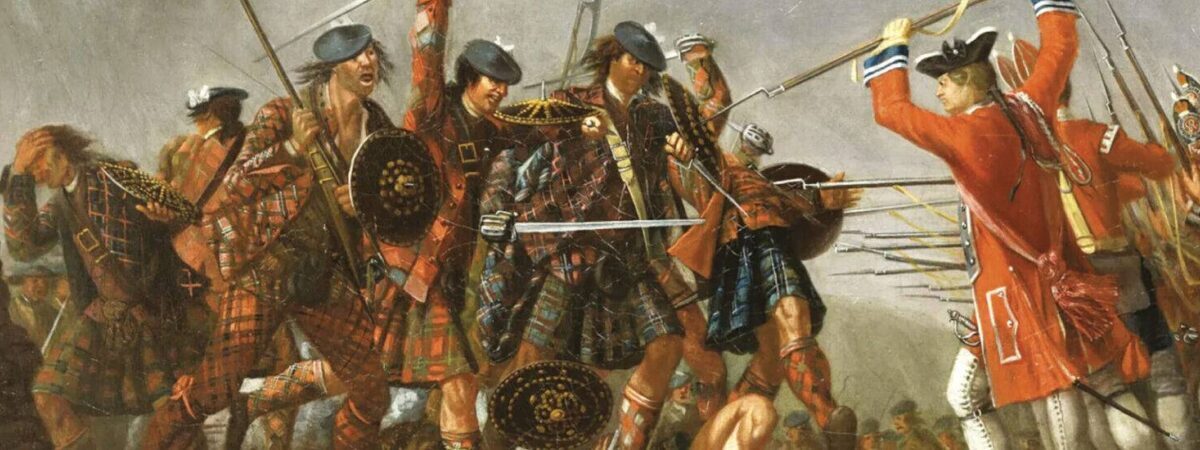
Why Scots love KILT
Tartan is a symbol of Scottish pride and culture, and is still loved by many people today.Tartan is a type of woolen cloth with a checkered pattern. It is traditionally associated with Scottish clans, and each clan has its own unique tartan pattern. Kilts are made from tartan, and they are a traditional Scottish garment. Tartan has a long history, dating back to the 16th century in the Highlands. Originally, tartan was a symbol of Highland clans, but it eventually became a symbol of Scotland as a whole. However, in the 18th century, Scotland came under British rule, and tartan was banned, leading to its decline. After the ban was lifted in 1782, tartan began to be seen again. During WWI, Scottish soldiers were known for their bravery, and were even called “The Ladies of the Battlefield” by the German army.
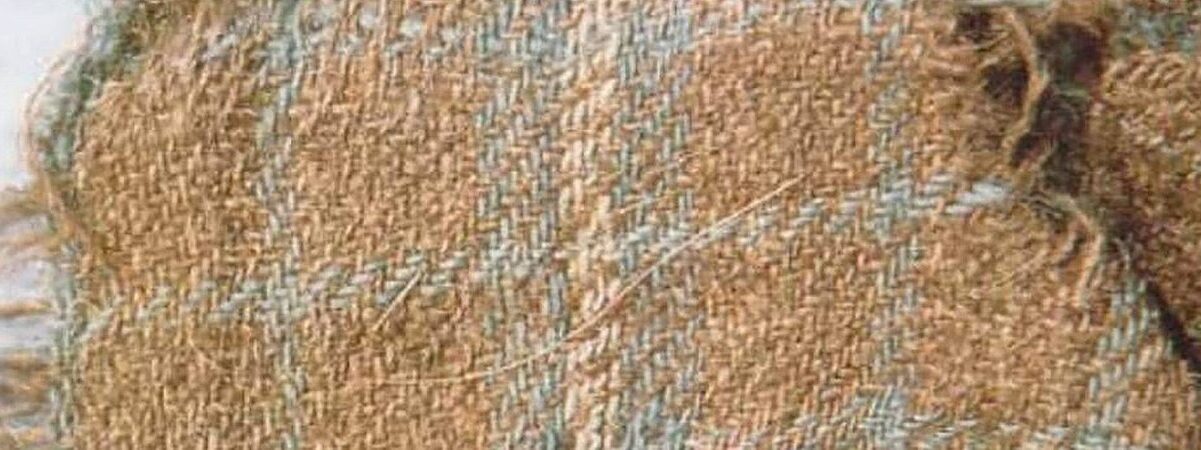
THE WORLD OLDEST TARTAN
The earliest surviving sample of tartan fabric was found in a cemetery in the Tarim Basin, China. It dates back to around 1200 B.C. and is made of kemp, the coarse outer hair of a sheep or goat. The fabric is similar to Scottish tartan of the 17th century, suggesting that these two cultures may have had a common ancestor.It means that the tartan also crossed over to the east. Let’s look at a piece of history.
The Oldest Tartan In Scotland
The 1933 discovery of the Falkirk Tartan in Scotland offers a fascinating glimpse into ancient weaving techniques and the cultural interactions of the Romans and Celts. This research aims to explore the textile’s unique weaving style and its historical significance, highlighting its role in understanding Scotland’s pre-Roman Iron Age traditions and cultural heritage.
HISTORY OF SCOTLAND
ROMAN ERA IN BRITAIN
The island of Britain during the Roman Empire represents a significant part of the ancient world in terms of its extensive history and cultural complexity. From the Roman conquest in AD 43, through nearly four centuries of dominion, Britain underwent profound geopolitical and cultural transformations. This paper delves into the societal, economic, and cultural aspects of Britain under Roman rule, revealing how the influence of ancient Rome intricately wove the threads of Britain’s historical tapestry.
Understanding the entire formation of the Kingdom of Scotland is essential before discussing “tartan,” a symbol deeply intertwined with Scottish identity and heritage.
THE PICTS
Exploring the Hidden History and Culture of the Ancient Picts of Scotland: From the Meaning Behind Their Tattoos to Their Lost Language and Mysterious Stone Carvings – A Journey into the Lives, Beliefs, and Enigmatic Monuments and Art Left by the Picts. Unraveling Their Connections with the Celts and Their Conflicts with the Roman Empire, and Examining How the Legacy of the Picts Influences Modern Scotland.
Understanding the entire formation of the Kingdom of Scotland is essential before discussing “tartan,” a symbol deeply intertwined with Scottish identity and heritage.
The DÁL RIATA
When I lived in Ireland, I often heard the words ‘Celtic’ and ‘Gaelic.’ At that time, I didn’t have much interest in ethnicity or culture, so I simply thought that they had beautiful patterns and a history. As I delved into the history of fabrics and patterns, I realized the significance of ethnic classification. This time, I conducted research on another ethnic group, the ‘Gaelic,’ which played a role in the origins of the Scottish people. Considering its connection to conflicts with the Picts and its contribution to the formation of the Kingdom of Alba, which ultimately leads to the clans of the Scottish people, this becomes a highly important field, differentiating the noble clans, in other words, the tartan patterns
KENNETH MACALPIN
I initially thought that Scotland, including its connections to Ireland, was a Gaelic nation. Of course, that’s not entirely wrong, but it’s not entirely correct either. This is because I thought that the Kingdom of Dál Riata eroded and integrated the Pictish Kingdom, but it seems it was the Picts who eroded Dál Riata. The Scottish king ‘Kenneth MacAlpin’ (in Gaelic, Coinneach mac Ailpein) is an important figure in this respect. And this unification leads to the formation of Scotland.

